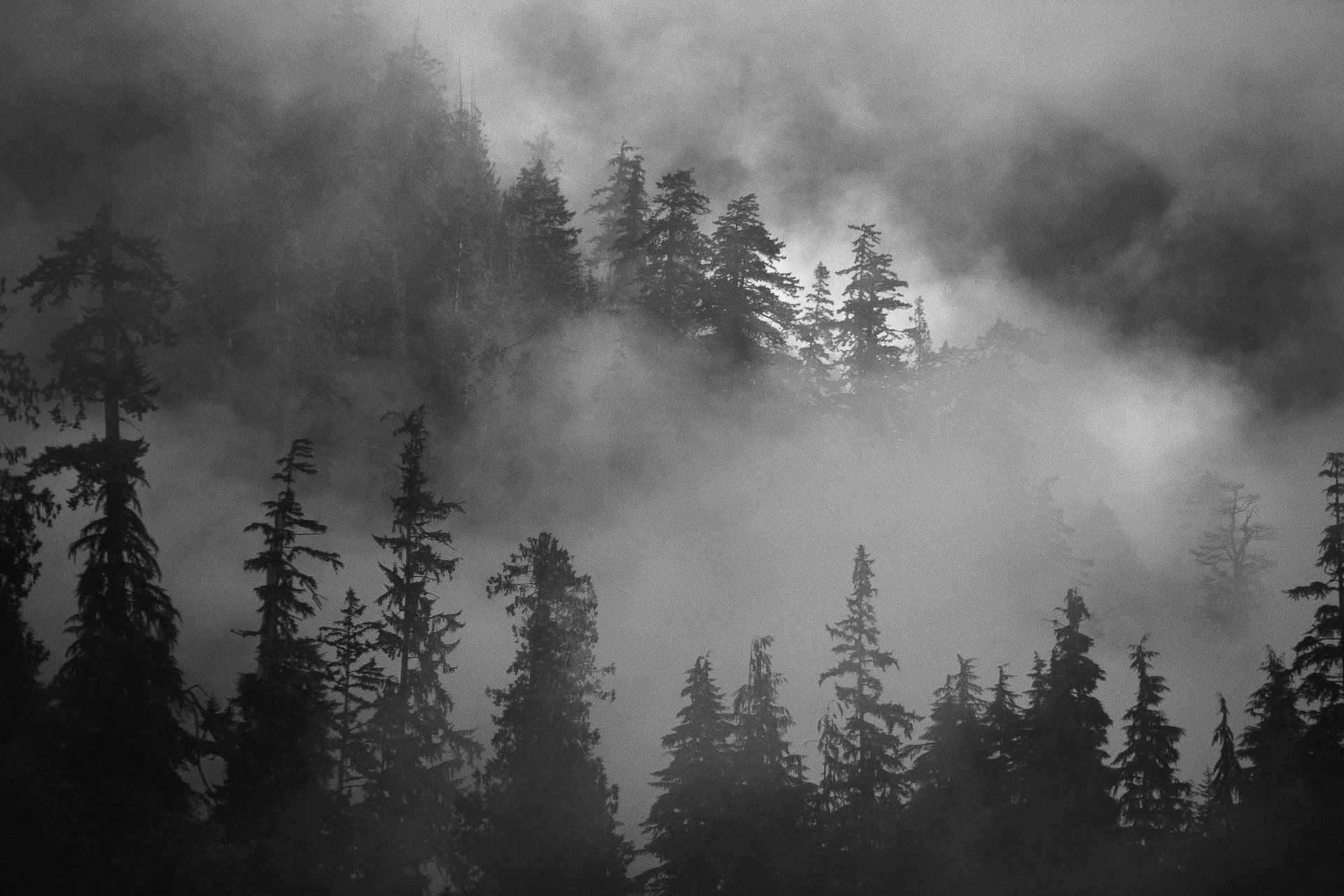Exploring the Essence of Midwestern Storytelling
- Jay Whales

- Oct 6
- 4 min read
Midwestern storytelling holds a unique place in American literature and culture. It reflects the values, struggles, and spirit of the people living in the heartland of the United States. This style of storytelling is rich with themes of resilience, community, and the connection to the land. It offers a window into the everyday lives of Midwesterners, capturing their hopes, fears, and dreams in a way that resonates deeply with readers.
The Heart of Midwestern Storytelling
Midwestern storytelling is characterized by its grounded, honest approach. It often focuses on ordinary people facing extraordinary challenges. The stories are set against the backdrop of vast plains, small towns, and rural landscapes, which shape the characters and their experiences. This storytelling tradition values simplicity and authenticity, avoiding exaggeration or glamorization.
One of the key elements is the strong sense of place. The Midwest is not just a setting but a character in itself. The changing seasons, the open skies, and the agricultural lifestyle influence the narrative and the mood. Writers use these elements to create a vivid atmosphere that draws readers into the world of the story.
Midwestern stories also emphasize community and relationships. Family ties, friendships, and neighborly bonds are central themes. These connections provide support and conflict, driving the plot and character development. The stories often explore how individuals navigate their roles within these communities, balancing personal desires with collective responsibilities.

The Role of Tradition and Change in Midwestern Storytelling
Midwestern storytelling often grapples with the tension between tradition and change. The region has a rich history rooted in farming, manufacturing, and close-knit communities. However, modern challenges such as economic shifts, urbanization, and cultural diversification are reshaping the landscape.
Writers explore how characters respond to these changes. Some cling to traditional values and ways of life, while others embrace new opportunities and ideas. This dynamic creates compelling narratives about identity, belonging, and adaptation.
For example, a story might follow a farmer struggling to maintain the family farm amid financial pressures and technological advances. Another might depict a young person leaving a small town to pursue education or career goals in a city, facing the emotional complexities of leaving home.
These stories highlight the resilience and resourcefulness of Midwesterners. They show how people find meaning and purpose despite uncertainty and upheaval. This theme resonates with readers who have experienced similar transitions in their own lives.
What is considered the best western novel?
When discussing the best western novel, many literary critics and readers point to classics like Lonesome Dove by Larry McMurtry. This novel is celebrated for its rich character development, vivid descriptions, and exploration of themes such as friendship, survival, and the fading frontier.
While Lonesome Dove is set in the American West, it shares qualities with Midwestern storytelling, including a focus on human relationships and the impact of the environment on people's lives. The novel's success has influenced many writers who blend western and Midwestern elements in their work.
Other notable western novels include The Virginian by Owen Wister and True Grit by Charles Portis. These works contribute to the broader genre that often overlaps with Midwestern narratives, especially in their portrayal of rugged landscapes and complex characters.

How to Experience Midwestern Storytelling Today
To truly appreciate Midwestern storytelling, it helps to engage with a variety of media and sources. Here are some practical ways to explore this rich tradition:
Read regional literature - Seek out authors who write about the Midwest. Their stories provide authentic insights into the culture and environment.
Attend local storytelling events - Many communities host festivals, readings, and workshops that celebrate regional narratives.
Explore online platforms - Websites like mid-western-stories offer collections of stories, interviews, and resources focused on Midwestern voices.
Watch films and documentaries - Visual storytelling can capture the essence of the Midwest through imagery and sound.
Visit the Midwest - Experiencing the landscape and communities firsthand deepens understanding and appreciation.
By immersing yourself in these experiences, you can connect with the spirit of Midwestern storytelling and discover its relevance in today's world.
The Lasting Impact of Midwestern Storytelling
Midwestern storytelling continues to influence American culture and literature. Its themes of perseverance, community, and connection to place resonate beyond the region. These stories remind us of the importance of understanding diverse perspectives and honoring the experiences of everyday people.
Moreover, Midwestern storytelling encourages empathy and reflection. It challenges readers to consider how environment and heritage shape identity. It also inspires writers to tell honest, meaningful stories that reflect the complexities of life.
As the Midwest evolves, so too will its storytelling tradition. New voices and narratives will emerge, enriching the tapestry of American literature. Embracing this evolution ensures that the essence of Midwestern storytelling remains vibrant and relevant for generations to come.

Exploring the essence of Midwestern storytelling reveals a world of rich narratives grounded in place and people. Whether through books, events, or digital platforms, engaging with these stories offers valuable insights and inspiration. The Midwest's unique voice continues to shape the American story in profound and lasting ways.































Comments